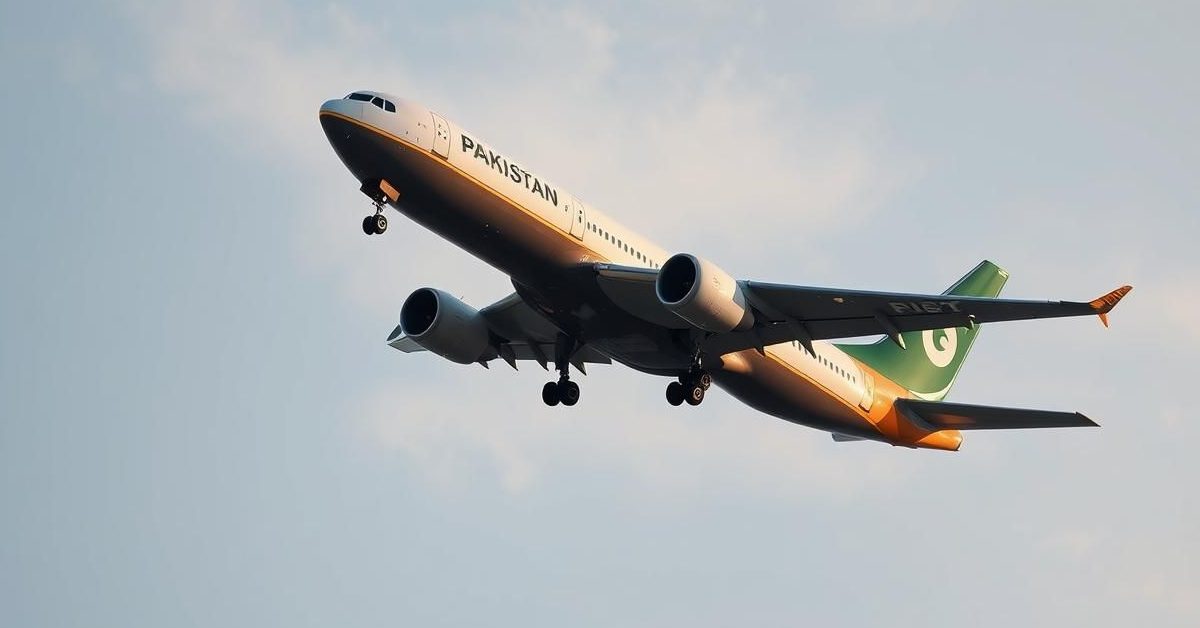Pakistan has once again extended the closure of its airspace for Indian airlines and aircraft, continuing a standoff that began months ago and is significantly impacting flight operations and costs for Indian carriers.
The Ongoing Airspace Standoff
Pakistan’s aviation authorities have issued a new notice to airmen (NOTAM), extending the airspace closure until August 24. This follows previous monthly extensions since the initial ban in April.
The measure was first implemented on April 24, after diplomatic relations between India and Pakistan deteriorated following a terror attack. India reciprocated by closing its airspace to Pakistani airlines and aircraft on April 30.
It’s important to note that these closures only apply to each other’s airlines and aircraft; the airspaces remain open for flights from other countries.
Impact on Indian Airlines
The continued closure significantly affects approximately 800 Indian flights each week. Airlines face longer flight durations, increased fuel consumption, and complexities in crew and flight scheduling.
Flights from North India heading to West Asia, Europe, the UK, and North America have been forced to take longer, alternative routes. Depending on the destination, this can add anywhere from 15 minutes to several hours to a journey.
Major Carriers and Route Adjustments
All major Indian airlines operating international flights to the west are impacted. Air India, for instance, operates flights to West Asia, Europe, the UK, and North America, all of which previously overflew Pakistan.
IndiGo, which flies to West Asia, Turkey, the Caucasus, and Central Asia, has even had to suspend flights to Central Asian cities like Almaty and Tashkent from Delhi. These routes are now outside the operational range of their narrow-body aircraft.
Delhi’s Indira Gandhi International Airport is the most affected, with around 640 weekly flights to or from the airport impacted. Additionally, some ultra-long-haul flights from other Indian cities like Mumbai are also affected.
Pakistan’s Minimal Disruption
In contrast, the impact of India’s airspace closure on Pakistan has been relatively insignificant. Pakistan’s national carrier, Pakistan International Airlines (PIA), has a limited international footprint, mostly to the west of the country.
According to aviation data, PIA operates only about six weekly flights that routinely flew over India, primarily to and from Kuala Lumpur.
Lessons from Previous Closures and Costs
This isn’t the first time an extended airspace closure has occurred. In 2019, following the Balakot airstrikes, Pakistan’s airspace remained closed for over four months.
During that period, Indian airlines reportedly lost around Rs 700 crore due to higher fuel expenses and operational complications. Air India, being the primary operator of long-haul flights to Europe and North America, was the worst affected.
Currently, Air India estimates the ongoing Pakistani airspace closure could cost the airline around $600 million on an annualized basis.
- Pakistan extended its airspace closure for Indian flights until August 24.
- This affects approximately 800 Indian flights weekly, leading to longer routes and increased operational costs.
- Indian airlines like Air India and IndiGo are significantly impacted, with some routes suspended or requiring technical halts.
- Pakistan’s aviation sector faces minimal disruption due to its smaller international presence.
- The ongoing closure is costing Indian airlines hundreds of millions of dollars, similar to past incidents.
The continued airspace restrictions highlight the persistent tensions between the two nations, with significant economic repercussions for the aviation sector.














